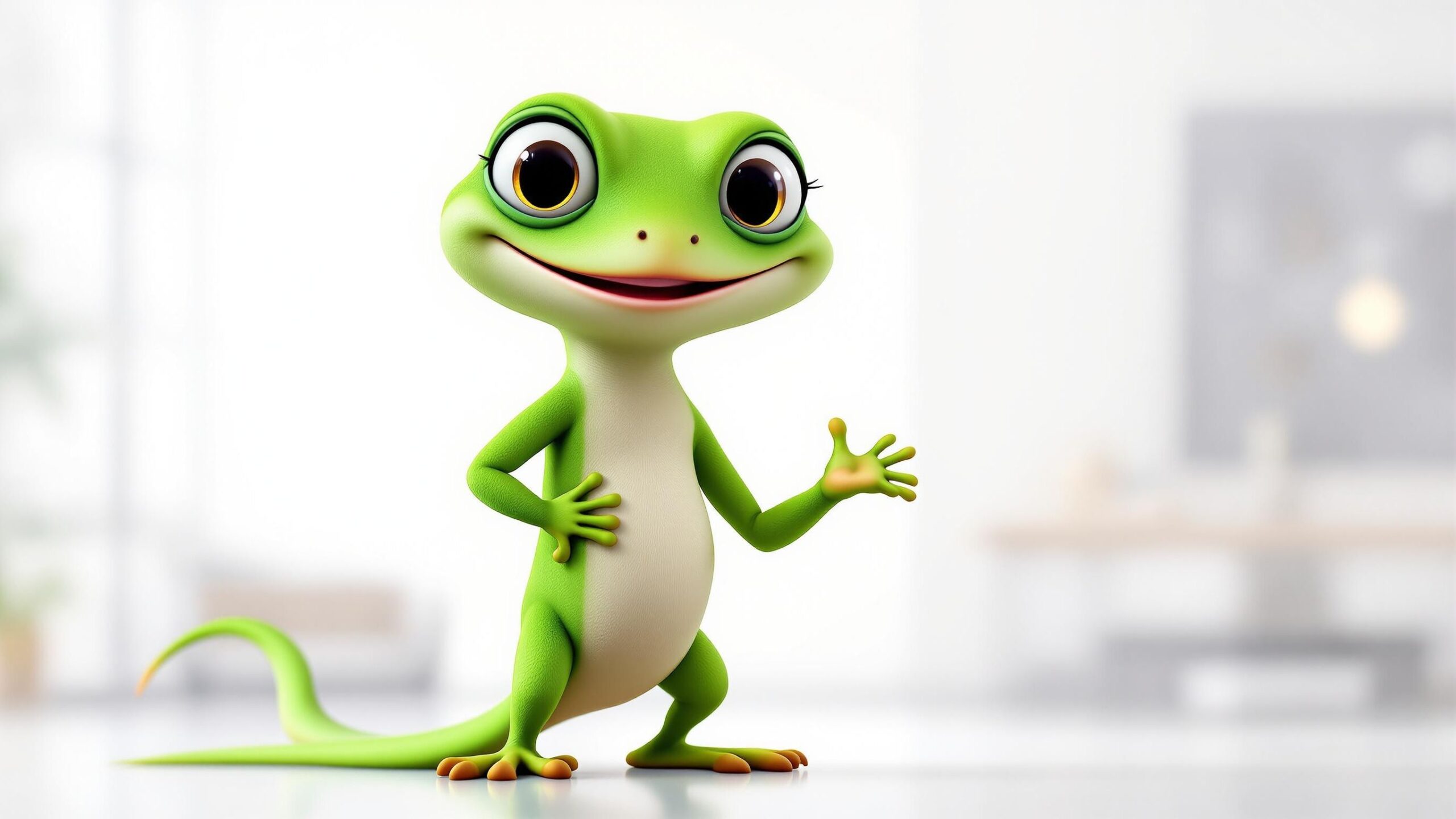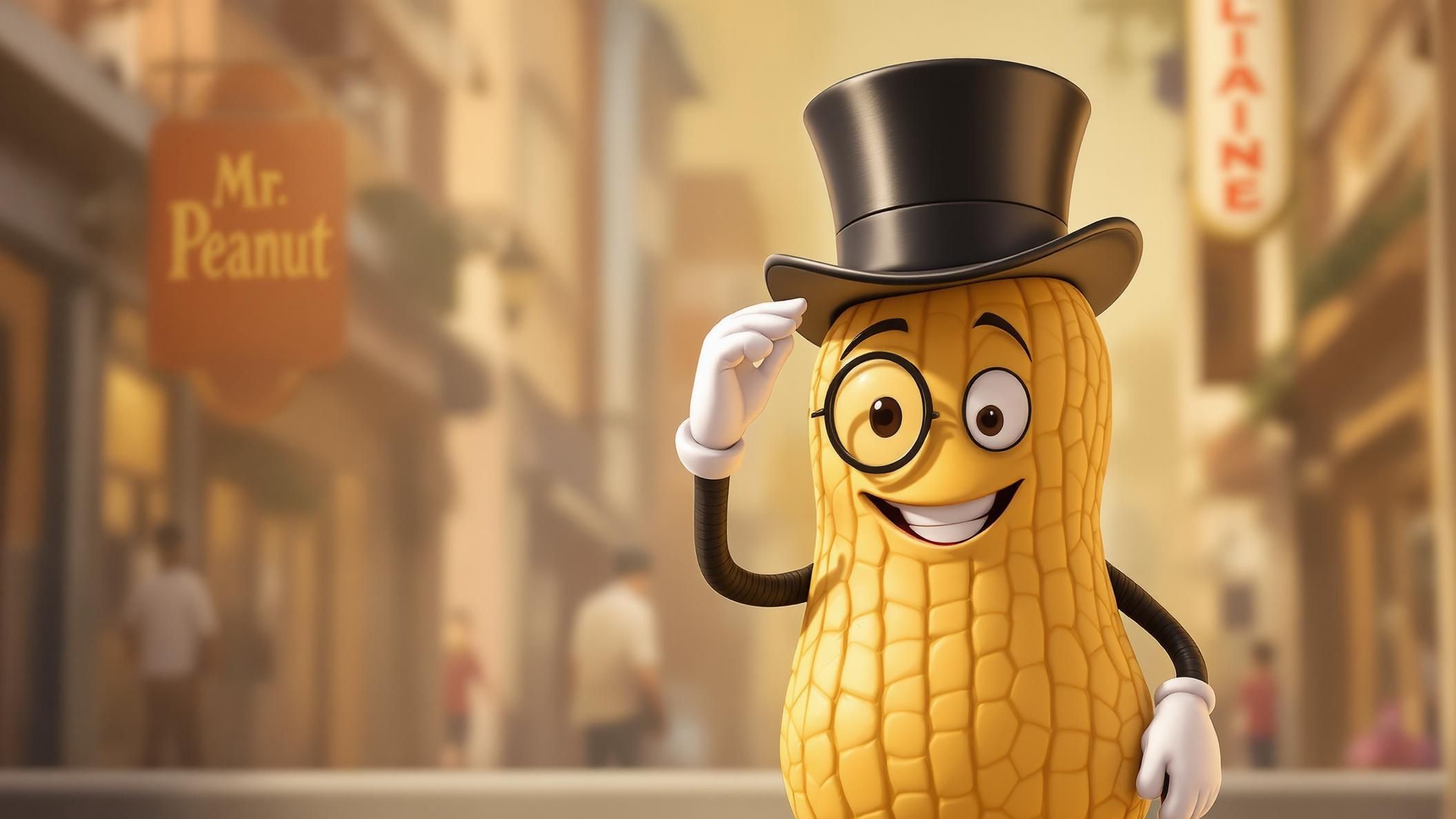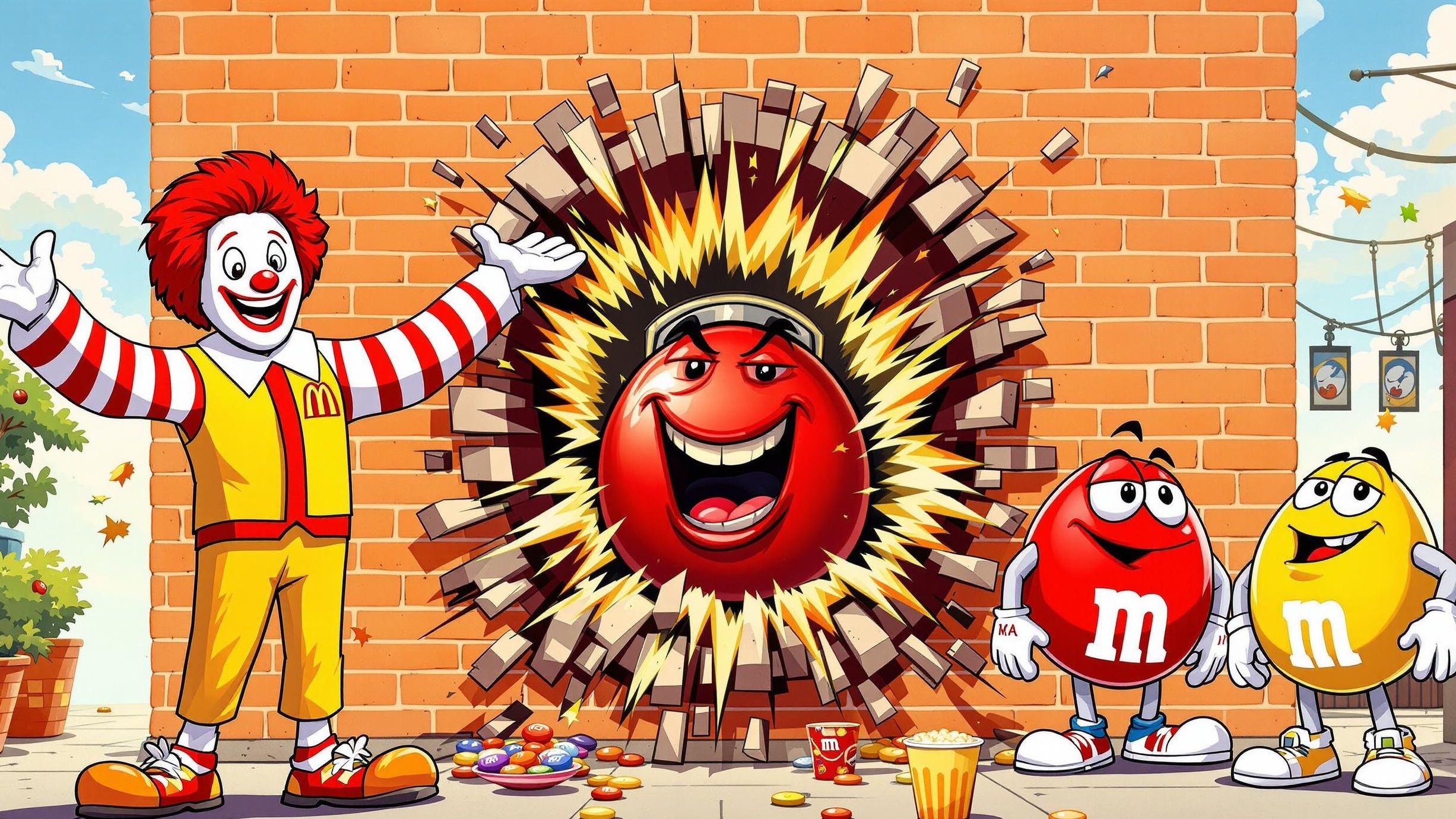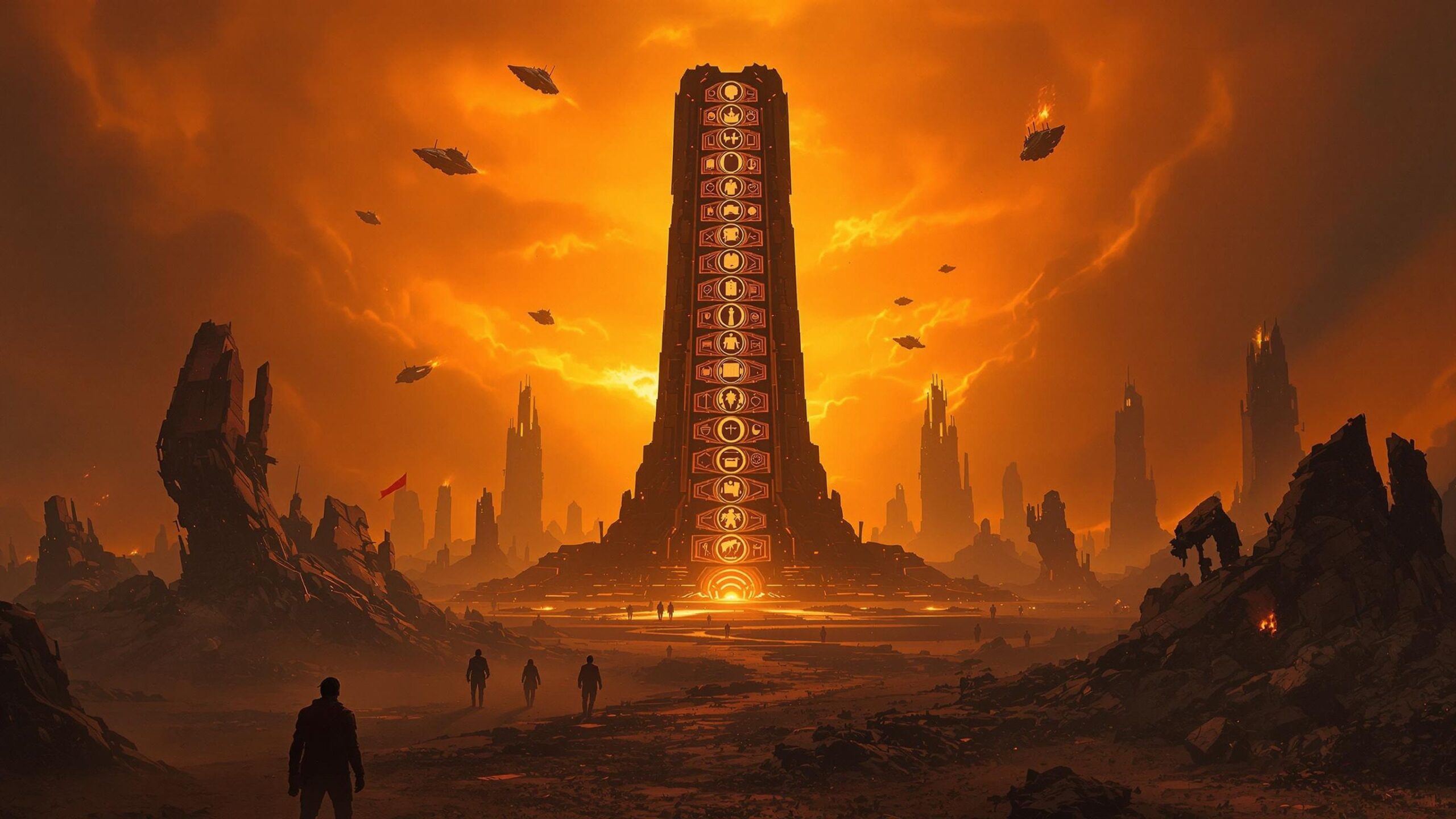Corporate mascots are more than marketing gimmicks—they’re cultural icons. These characters have transcended their original purpose of selling products to become beloved, parodied, and instantly recognizable across generations. Whether they’re animated, live-action, or costumed performers, these mascots connect brands to audiences with personality, charm, and staying power. They don’t just pitch products—they define them. Here are the Top 10 Corporate Mascot Characters of All Time, ranked by legacy, cultural impact, and the sheer power of their brand charisma.
#10: The Geico Gecko
The Geico Gecko slithered into pop culture in the late 1990s and quickly became one of the most likable insurance spokes-creatures ever. With his smooth British accent, polite demeanor, and self-aware humor, the Gecko brought an unexpected warmth to a cold industry. Originally created to clear up pronunciation confusion with “GEICO,” the character evolved into a savvy, travel-loving mascot who starred in hundreds of commercials. His simplicity—no gimmicks, just clever dialogue and a charming presence—allowed him to stand out. In a field saturated with insurance ads, the Gecko made saving money feel clever, approachable, and even a bit fun.

#9: Mr. Peanut
Mr. Peanut, the monocled, top-hat-wearing icon of Planters, debuted in 1916 and has remained an enduring symbol of class, wit, and snackable sophistication. Created by a 14-year-old in a logo contest, Mr. Peanut evolved into a full-on personality: refined, debonair, and always dressed to impress. Whether dancing with a cane or engaging in pun-filled ads, he became the face of roasted nut luxury. His unexpected “death” and rebirth as “Baby Nut” in a 2020 Super Bowl commercial revitalized the character for a new generation. Through it all, Mr. Peanut has shown that a peanut in a suit can carry serious branding weight.

#8: The Kool-Aid Man
Ohhh yeah! The Kool-Aid Man is one of the most explosive mascots in advertising history—literally. Known for bursting through walls with a pitcher-shaped body and a booming voice, the Kool-Aid Man turned simple beverage commercials into chaotic party scenes. Debuting in the 1970s, he quickly became a pop culture meme before memes were even a thing. Whether he was saving bored kids from thirst or invading video games and comics, Kool-Aid Man brought joy through destruction. His catchphrase became instantly recognizable, and his smiling face made sugary drinks look irresistibly fun. Pure chaos never looked so sweet.
#7: Tony the Tiger
Tony the Tiger has been grrrrreat since his debut in 1952 as the face of Frosted Flakes. With his booming voice, red scarf, and can-do attitude, Tony was more than a mascot—he was a life coach in feline form. Tony encouraged kids to stay active, try their best, and enjoy breakfast like champions. His legacy spans decades of commercials, merchandise, and even motivational posters. Voiced for years by Thurl Ravenscroft (also the voice of “You’re a Mean One, Mr. Grinch”), Tony brought warmth and power to cereal bowls everywhere. He remains a staple in branding history and a true icon of breakfast positivity.
#6: Colonel Sanders
More than a mascot, Colonel Harland Sanders became the human face of Kentucky Fried Chicken—and eventually a fictionalized legend. Though based on the real founder of KFC, the Colonel was stylized into a southern-fried symbol of flavor and tradition. His white suit, black string tie, and goatee became synonymous with fried chicken worldwide. In recent years, KFC reimagined him in dozens of forms—played by celebrities, animated, and even turned into a dating sim character—reviving the brand with tongue-in-cheek charm. No other fast-food icon blends authenticity, parody, and consistency quite like the Colonel. He’s the crispy-hearted soul of the brand.
#5: Pillsbury Doughboy
With his signature giggle and jiggly belly, the Pillsbury Doughboy (aka “Poppin’ Fresh”) has been a soft, floury symbol of comfort since 1965. Created using stop-motion animation, he delighted viewers by popping out of dough cans and laughing when poked. His appeal lies in his purity—he’s a gentle, joyful figure whose every appearance promises homemade warmth. Over time, the Doughboy expanded into pop culture with cameos, parodies, and merchandise. While many mascots are zany or extreme, the Pillsbury Doughboy wins hearts with nothing but a smile, a poke, and that iconic laugh.
#4: The Michelin Man (Bibendum)
The Michelin Man, known formally as Bibendum, is one of the oldest and most enduring mascots in the world. Introduced in 1894, he’s made entirely of stacked white tires and initially resembled a portly gentleman. Over the decades, he slimmed down and softened into a more approachable figure. Beyond selling tires, Bibendum represents trust, reliability, and global recognition. His connection to the prestigious Michelin Guide also linked the brand to culinary excellence—a rare leap for a mascot. From surreal early art to modern redesigns, the Michelin Man has remained a symbol of quality and endurance that literally keeps the world moving.
#3: Mickey Mouse (Corporate Edition – Disney)
While Mickey Mouse is first and foremost a beloved cartoon character, he also serves as the ultimate corporate mascot for The Walt Disney Company. Since his debut in 1928’s Steamboat Willie, Mickey has evolved into a symbol of imagination, joy, and wholesome entertainment. He’s the face of theme parks, movies, toys, and corporate logos. No mascot in history has represented a brand as comprehensively as Mickey has with Disney. From his three-circle silhouette to his falsetto voice and cheerful wave, Mickey brings global recognition and emotional resonance unmatched by any other brand icon. He’s the magical ambassador of a media empire.
#2: Ronald McDonald
Ronald McDonald is the face of the most famous fast-food chain on Earth. Debuting in the 1960s, Ronald transformed McDonald’s into a family destination by appealing to children with his clown costume, playful antics, and supporting cast of characters like Grimace and the Hamburglar. While his popularity has waxed and waned due to changing public tastes, Ronald was for decades synonymous with Happy Meals, birthday parties, and golden arches. More than just a pitchman, he also became the symbol of McDonald’s charity work, particularly Ronald McDonald House Charities. Despite stepping out of the spotlight in recent years, Ronald’s legacy as a global ambassador for fast food is undeniable.
#1: The Energizer Bunny
He keeps going and going and going—and that’s exactly why the Energizer Bunny tops this list. Originally launched in 1989 as a parody of battery ads, the pink, drum-beating bunny in sunglasses became a pop culture juggernaut. He wandered through commercial after commercial, interrupting other brands’ ads and outlasting everything in sight. The Bunny quickly evolved into a symbol of stamina, reliability, and humor, flipping the script on what a mascot could be. Unlike characters that fade or rest on nostalgia, the Energizer Bunny continues to reinvent himself, maintaining relevance across decades. His blend of absurdity, endurance, and brand alignment makes him the ultimate example of mascot magic.




